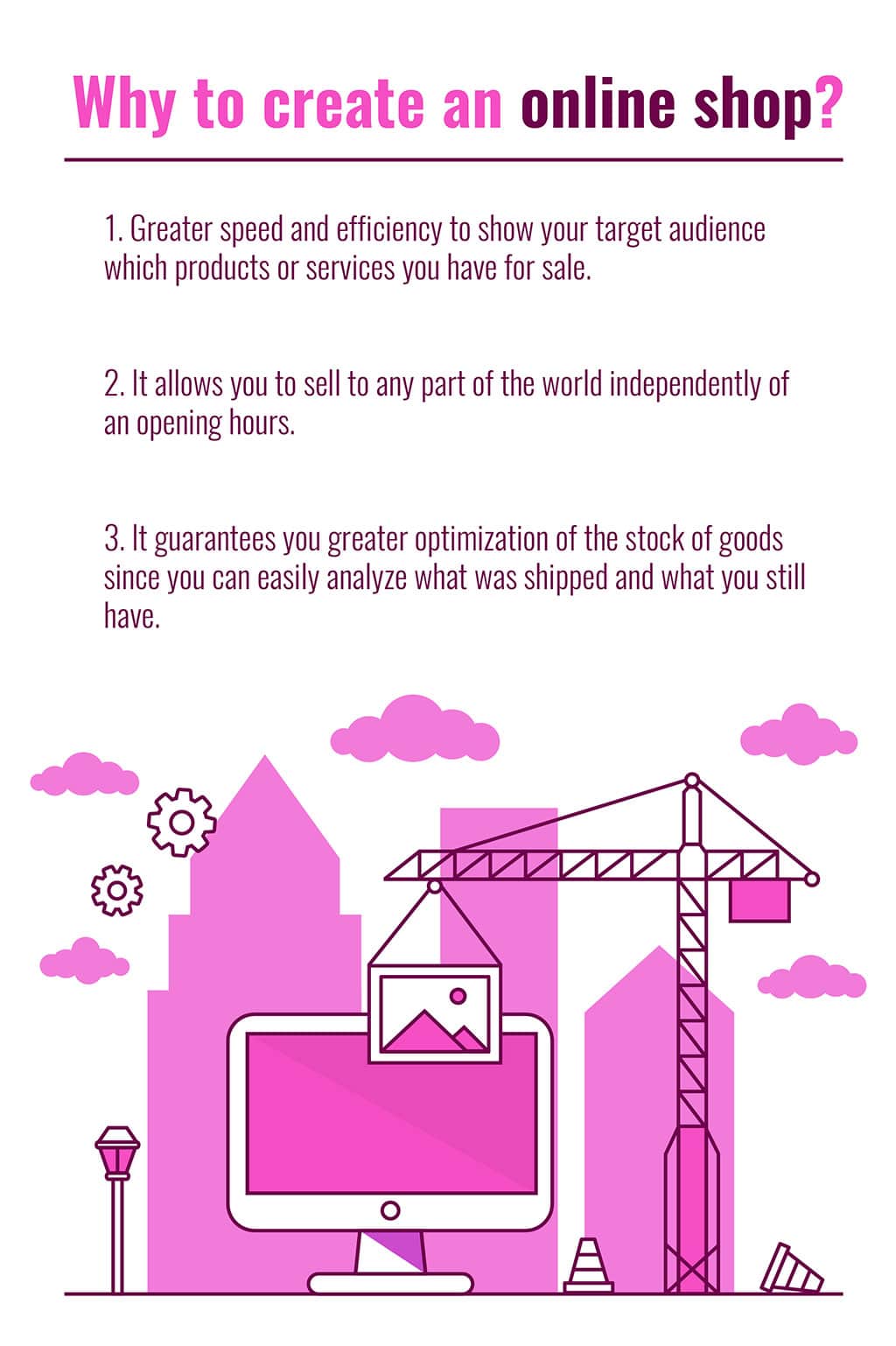Using Point-of-Sale Data to Develop Online Sales Strategies

Many articles define a point of sale system as a virtual cash register; a means by which a customer completes a purchase. Although this is certainly true, these applications represent much more than might initially meet the eye. Were you aware that they can provide invaluable insight into how your company is performing? The analytics gained from analysing certain figures will help to impact your future marketing strategies and even which products are sold to the public. What type of data should you examine and how can you leverage this information to your advantage?
The Types of Data to Collect
A POS system can represent a powerful tool within your arsenal if you know what to look out for. It is therefore a good idea to break this data down into several discrete categories:
– Profiles of individual customers.
– Their buying habits and sales history.
– Your inventory.
– Long-term marketing and sales trends.
Customer profiles are the first point to address. Locations, buying habits, email addresses and ages are all important if you hope to determine the type of demographic which is attracted to what is being offered. This information can also be used to customise email marketing campaigns and loyalty programmes. This leads us into the next point.
The buying habits of a client are crucial. Understanding customer preferences will enable you to shape your marketing campaigns around specific needs. For instance, one customer may particularly enjoy Christmas specials while another could instead be interested in one-off sales. You can also use this order history to spot past trends. This insight will then be employed to predict what may happen in the future.
Inventory tracking is another potent tool within a robust POS system. Platforms such as those offered by Shopify will allow you to determine the products that are the most popular as well as those which might no longer resonate with your audience. Of course, in-depth inventory analyses can likewise provide you with a clear picture of how much revenue you are generating.
Finally, a POS program will allow you to look at the “bigger picture”. We are not simply referring to big data in this sense. You can also understand metrics such as long-term sales trends during certain months of the year and how your business has evolved over time. Many believe that this longitudinal point of view is the best way to mould future campaigns.
Pieces of the Online Marketing “Puzzle”
Each of these variables should be used in combination with the others if you hope to walk away with superior levels of insight. How you leverage this information will naturally vary depending upon the needs of your firm as well as your future goals. Still, modern POS platforms are equipped with a kaleidoscope of unique tools and their importance should never be taken lightly. There is no doubt that these applications will continue to evolve alongside the online sales industry as a whole.

Have you read?
Revealed: Top Rated Visitor Attractions In Every Country In The World.
Ranked: America’s 20 Companies Where Millennials Most Like To Work For In 2018.
The World’s Most Luxurious Minimalist Wallets.
Season for Successful Private Equity Exits.
Bring the best of the CEOWORLD magazine's global journalism to audiences in the United States and around the world. - Add CEOWORLD magazine to your Google News feed.
Follow CEOWORLD magazine headlines on: Google News, LinkedIn, Twitter, and Facebook.
Copyright 2025 The CEOWORLD magazine. All rights reserved. This material (and any extract from it) must not be copied, redistributed or placed on any website, without CEOWORLD magazine' prior written consent. For media queries, please contact: info@ceoworld.biz








